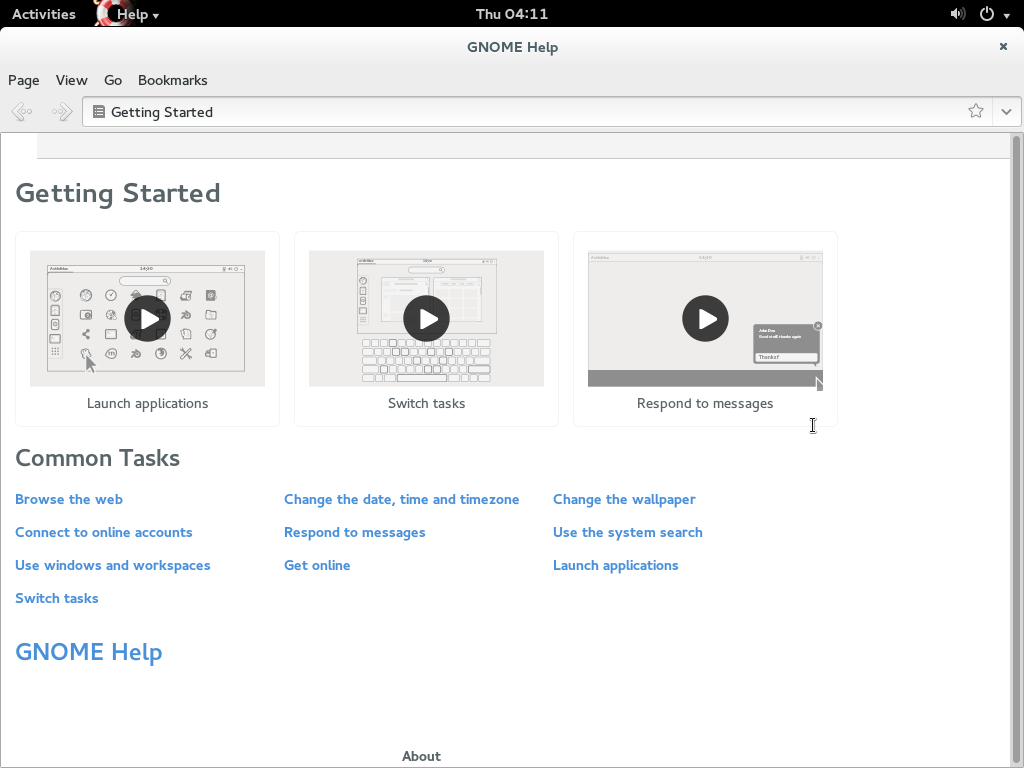

We recommend only adding registries which are completely # would accidentally pull and run the attacker's image and code rather than the # different `foobar` image at a registry earlier in the search list. # is not first in the search list, an attacker could place a # `foobar` from a registry and expects it to come from. For example, a user wants to pull an image named # When using short names, there is always an inherent risk that the image being # further eliminates the ambiguity of tags. # server (full dns name), namespace, image name, and tag

# We recommend always using fully qualified image names including the registry # NOTE: RISK OF USING UNQUALIFIED IMAGE NAMES # For more information on this configuration file, see nf(5). | sudo tee /etc/apt//devel:kubic:libcontainers:unstable.list > /dev/null | sudo tee /etc/apt/keyrings/devel_kubic_libcontainers_unstable.gpg > /dev/nullĮcho \ "deb \ On Debian based distributions this will typically be containernetworking-plugins. In order for the CNI backend to continue working it mayīe necessary to manually install the CNI networking package to prevent it from being automatically removed by your package manager. Pre 4.0 installation to v4.0+ Podman will continue to use the previous CNI backend. New installations of Podman v4.0+ default to using the new netavark networking backend, however, when upgrading from an existing See the Podman for Windows guide for setup and usage instructions. Once installed, the podman command can be runĭirectly from your Windows PowerShell (or CMD) prompt, where it remotelyĬommunicates with the podman service running in the WSL environment.Īlternatively, you can access Podman directly from the WSL instance if you On Windows, each Podman machine is backed by a virtualized Windows System for


 0 kommentar(er)
0 kommentar(er)
